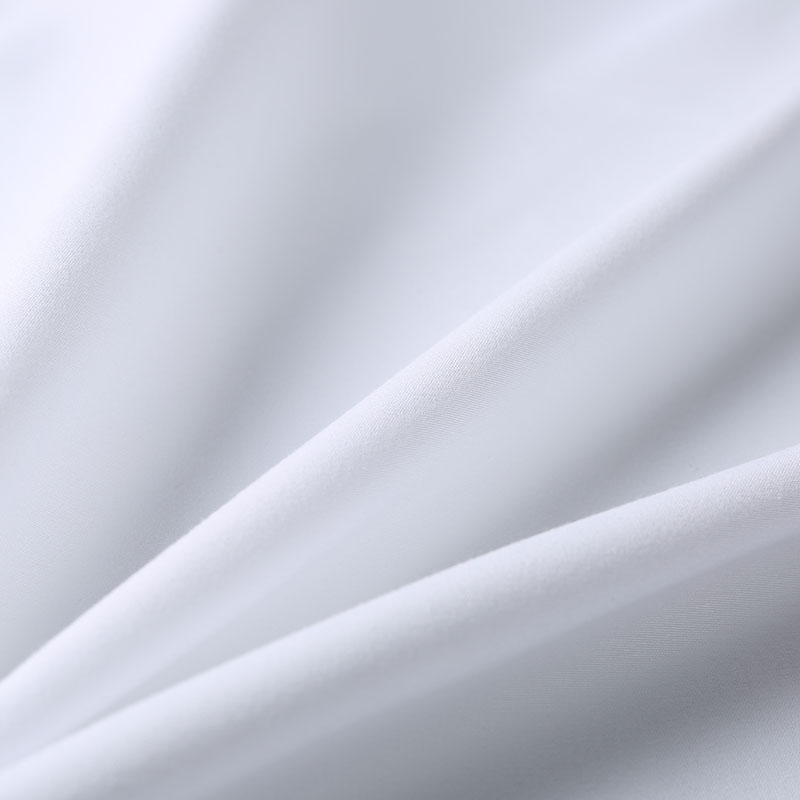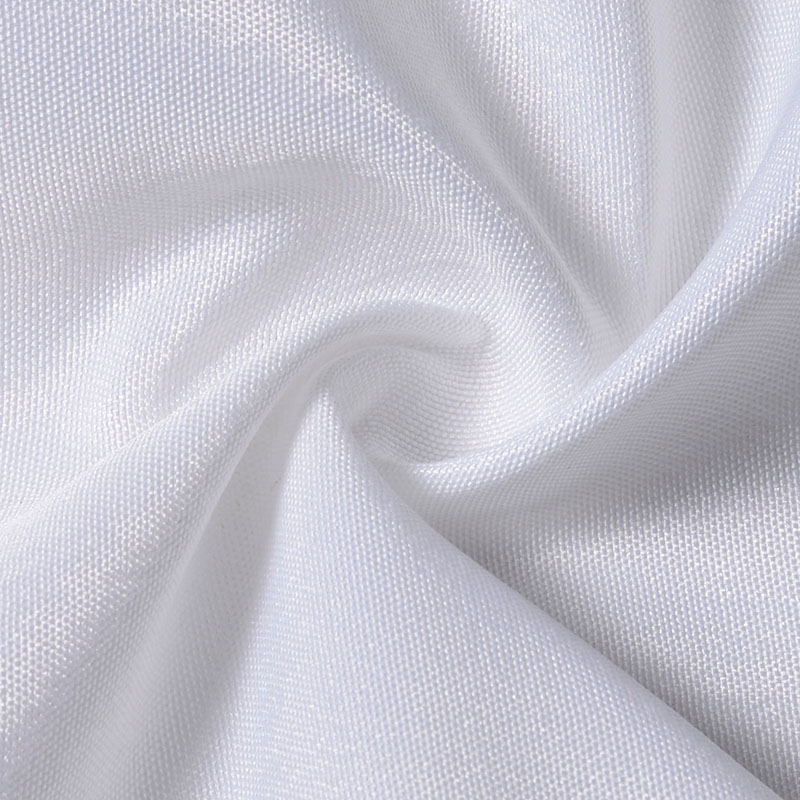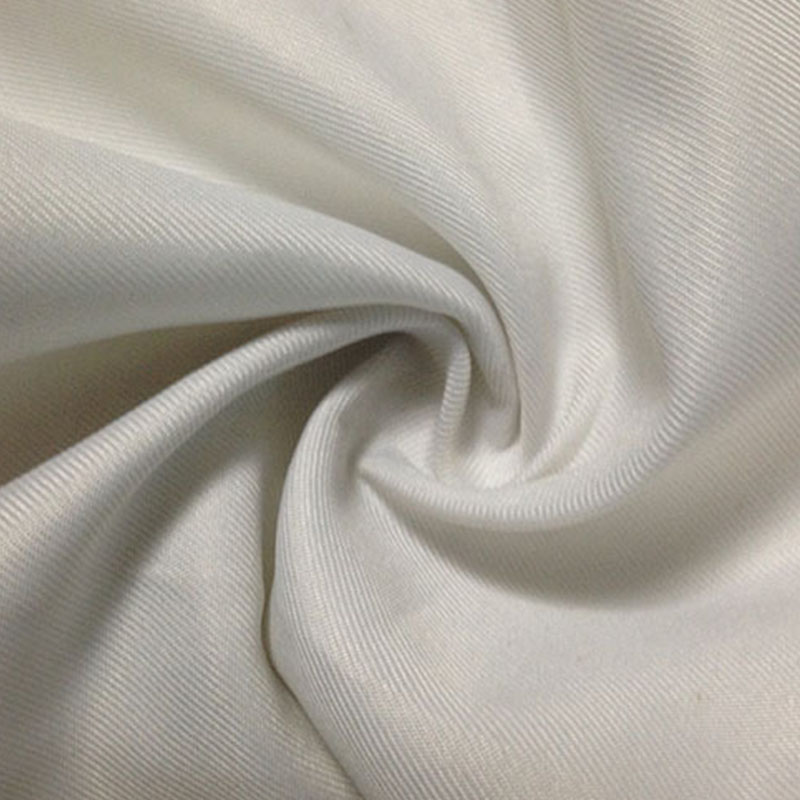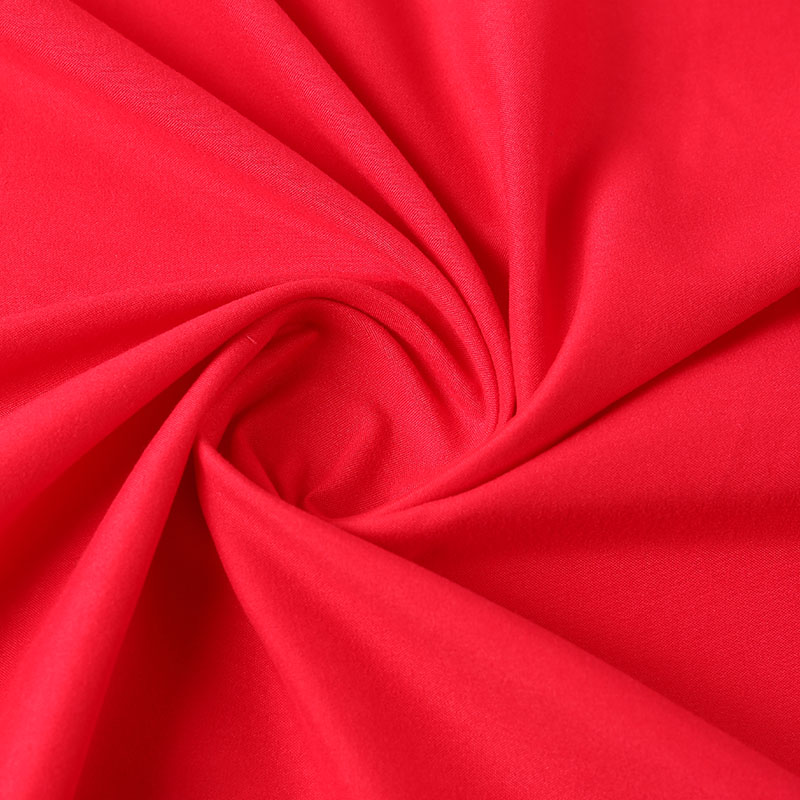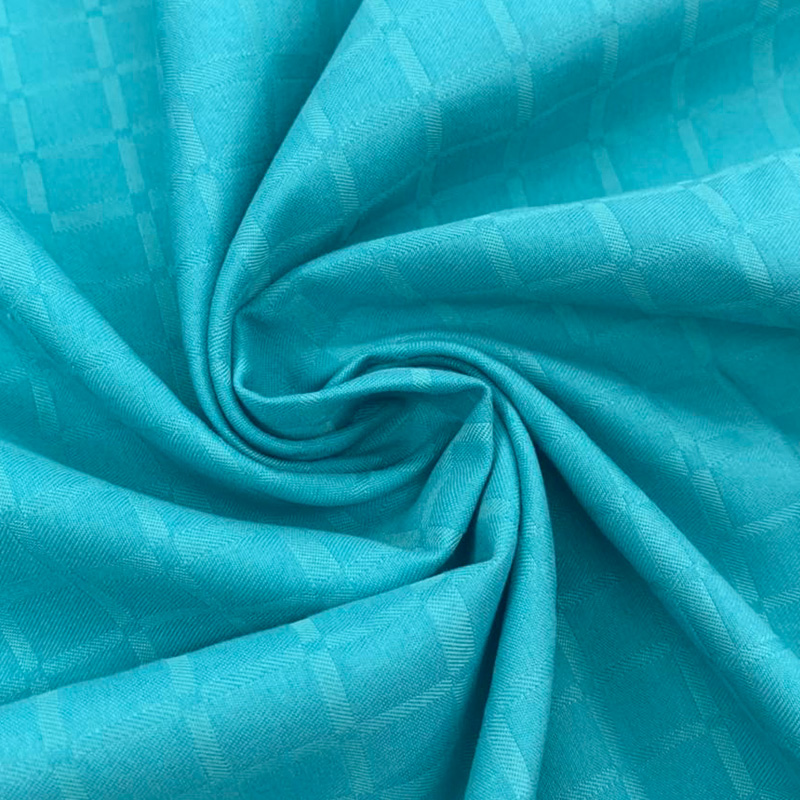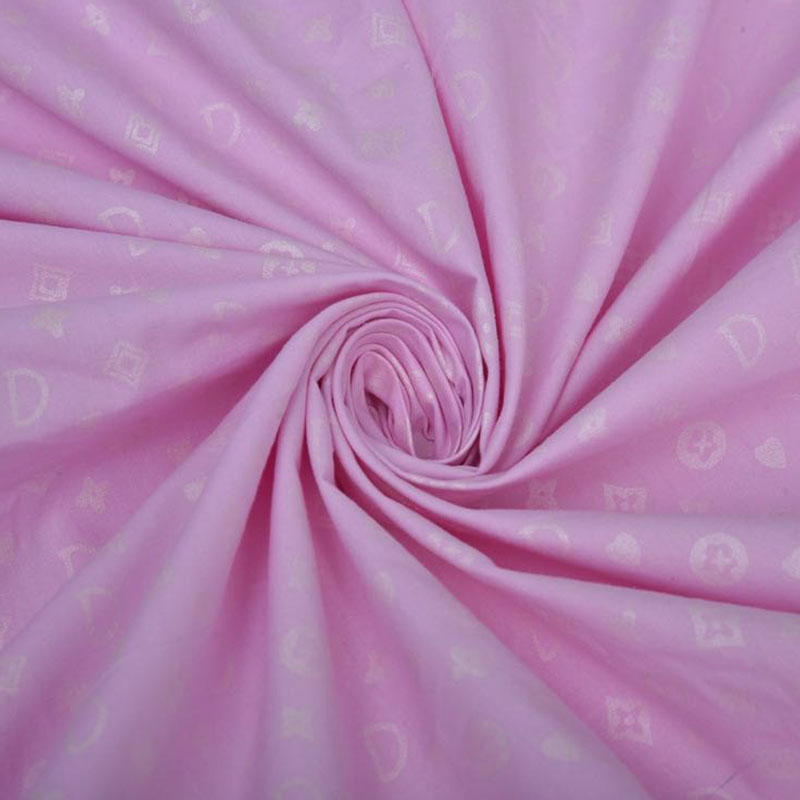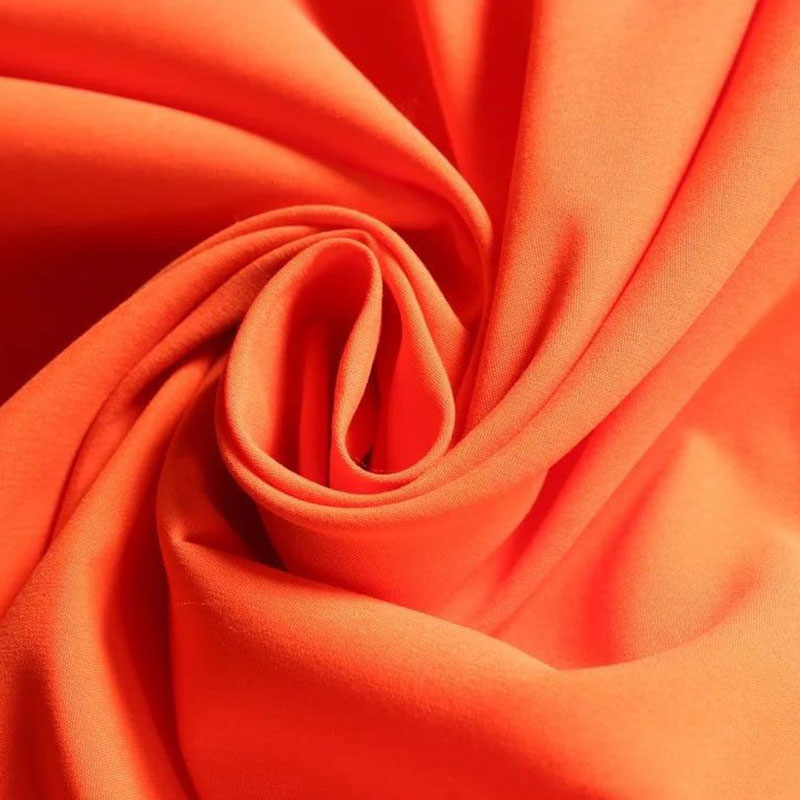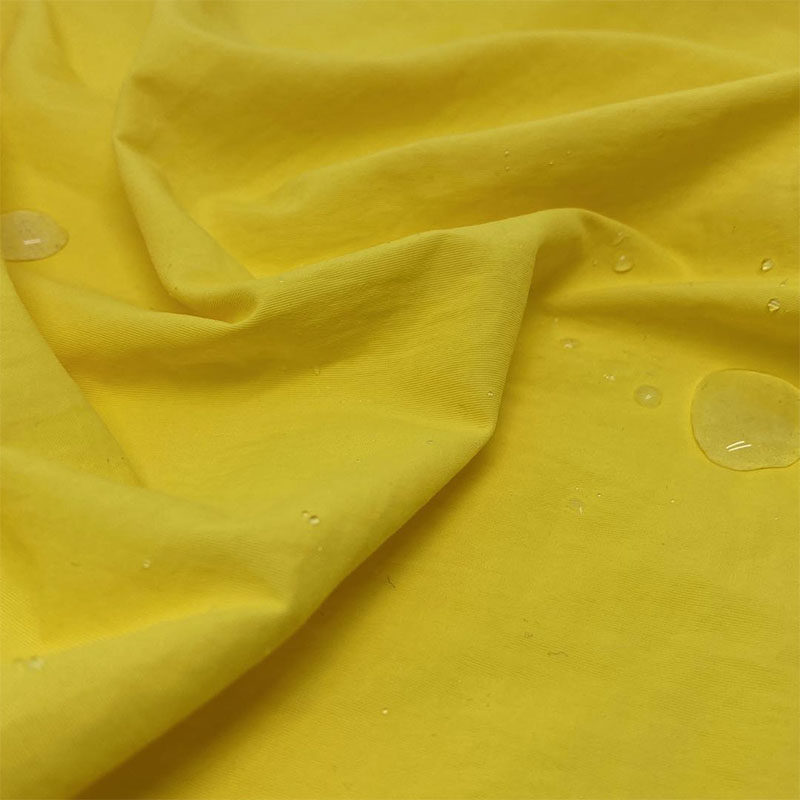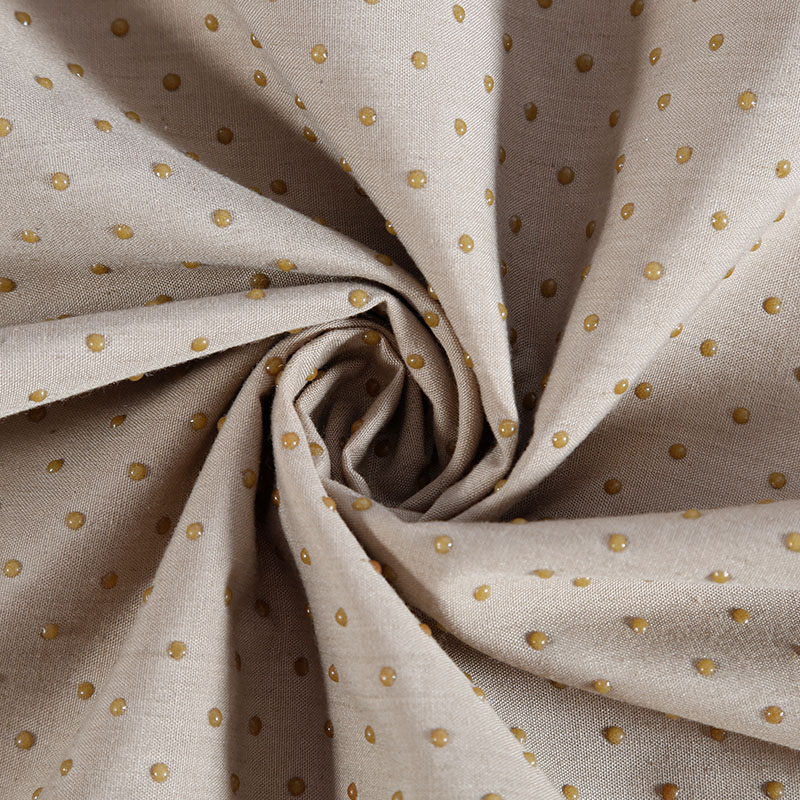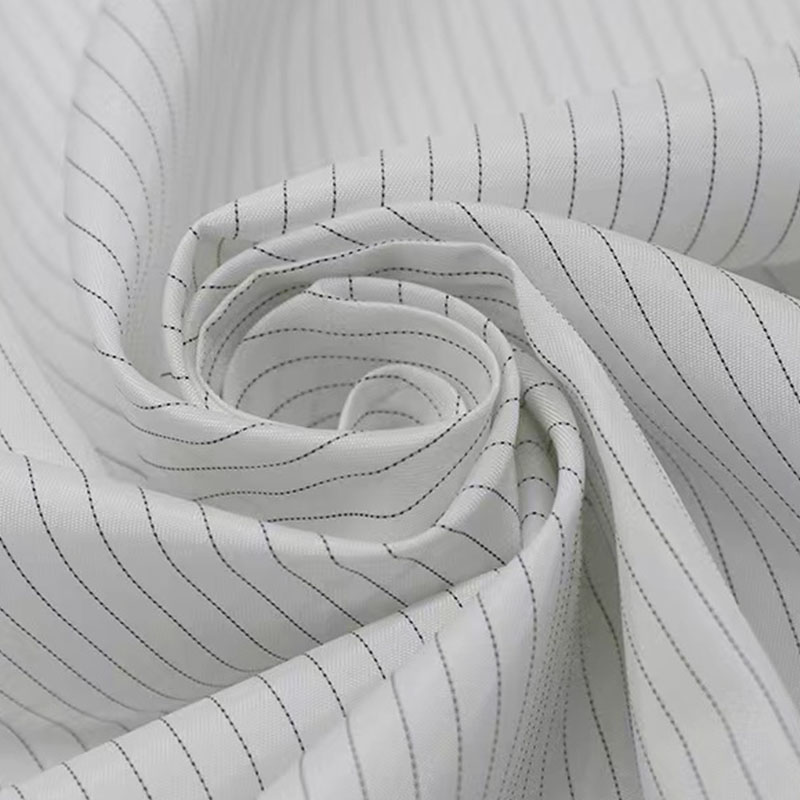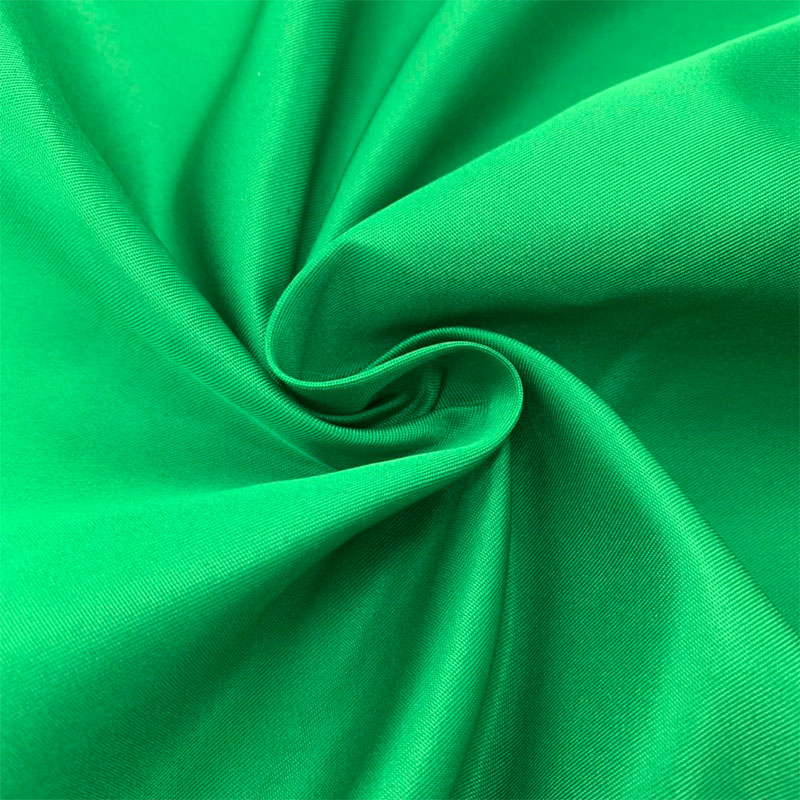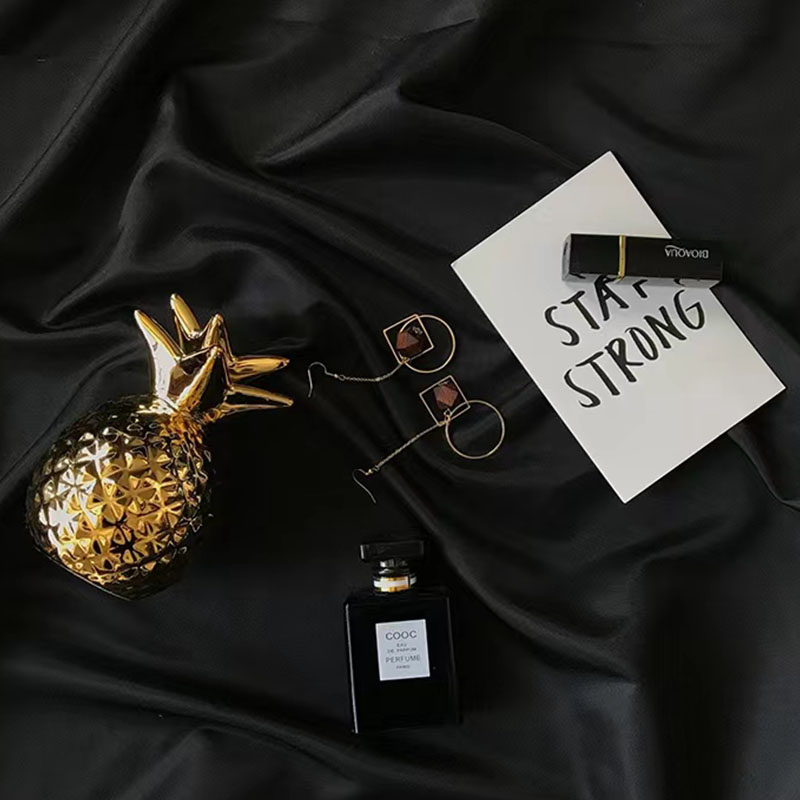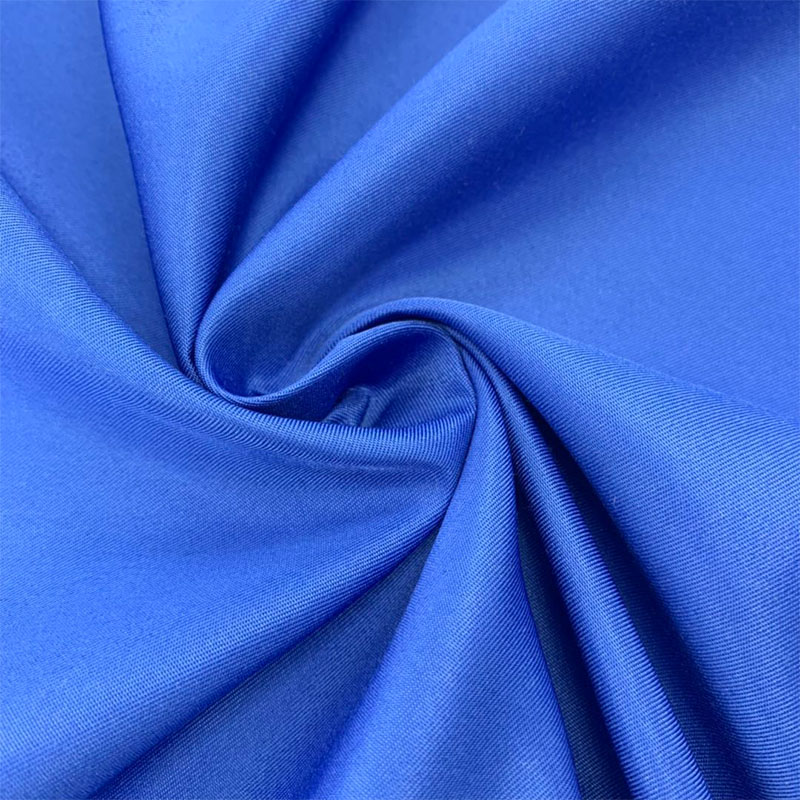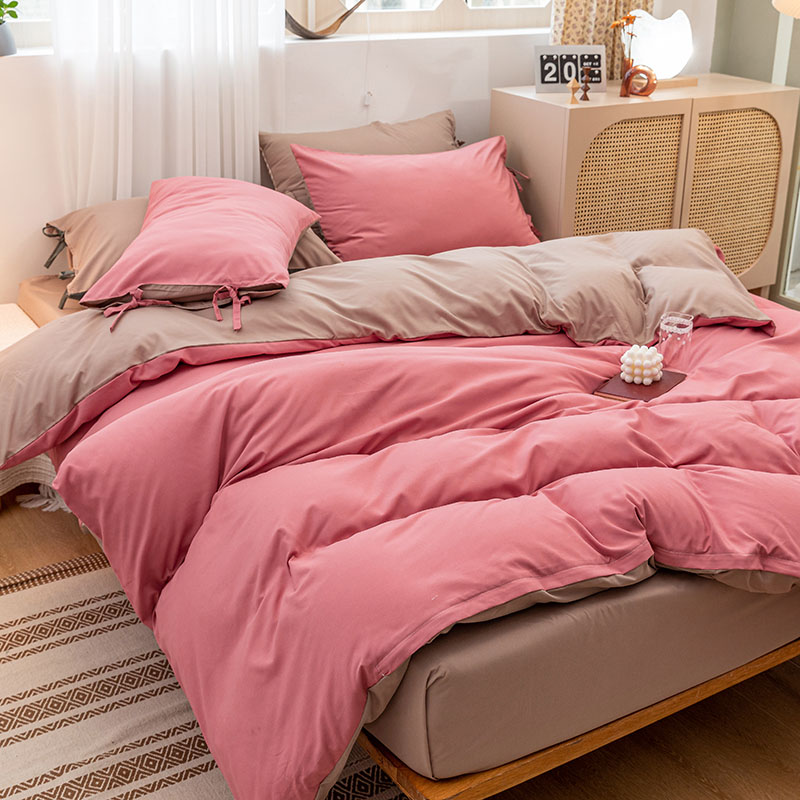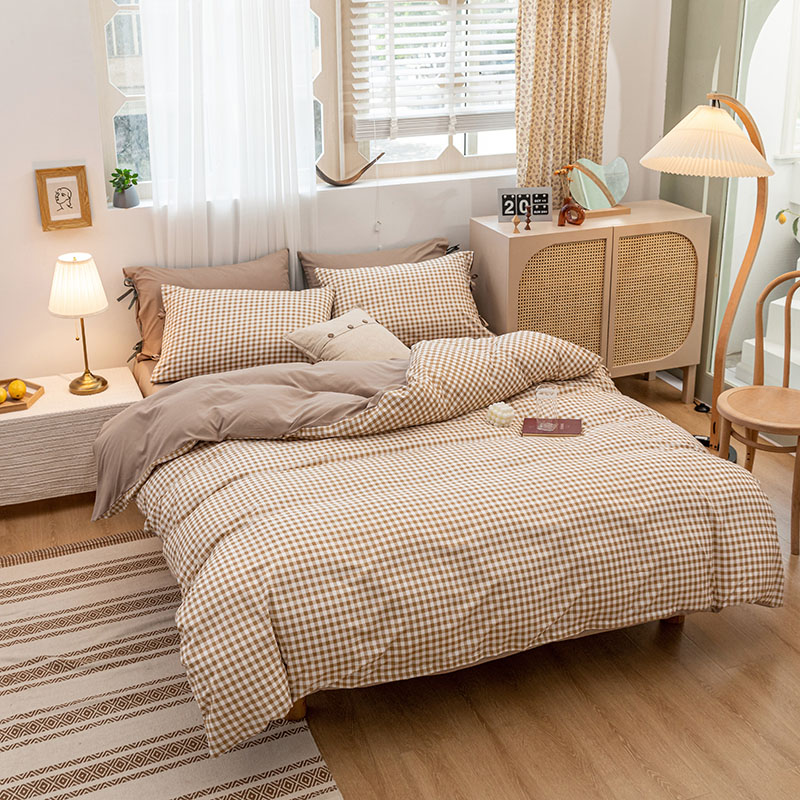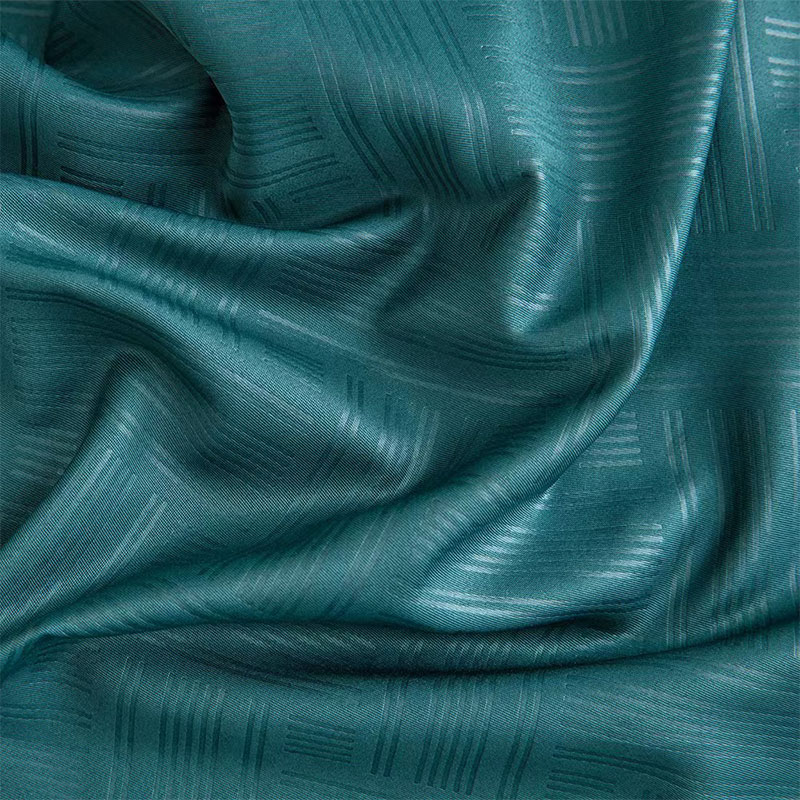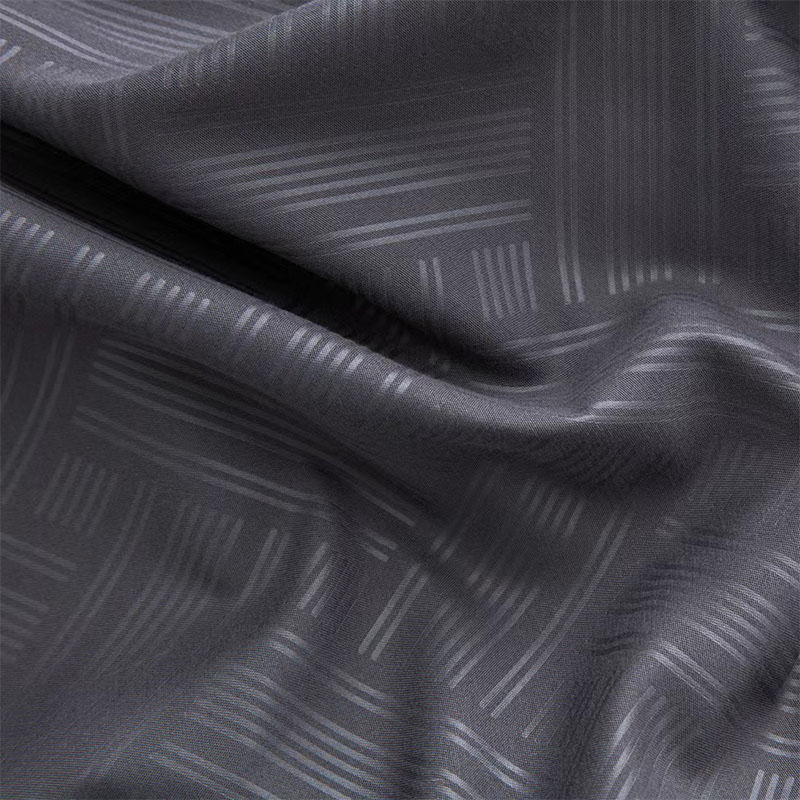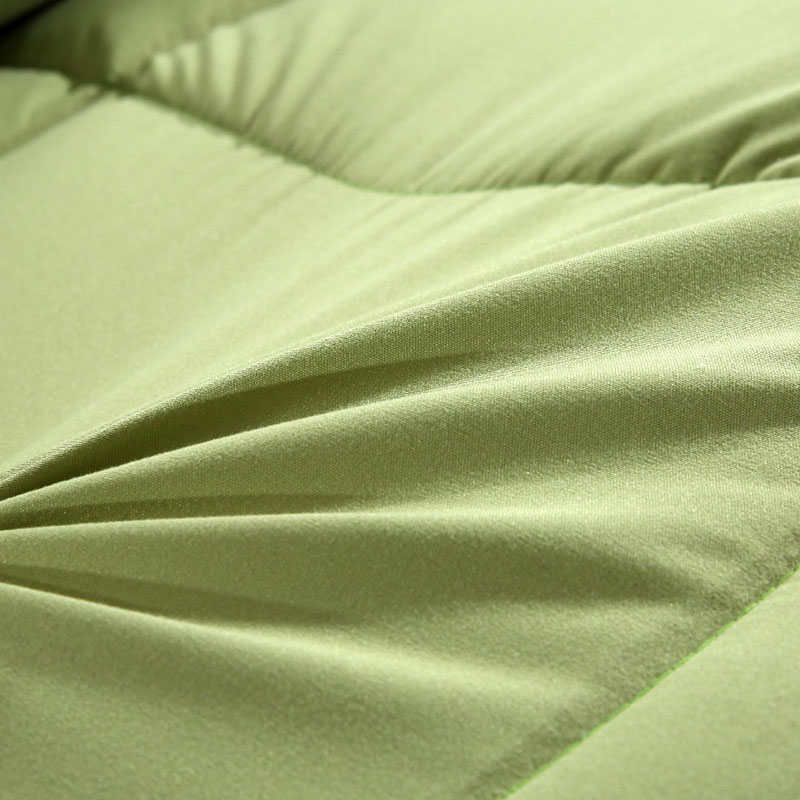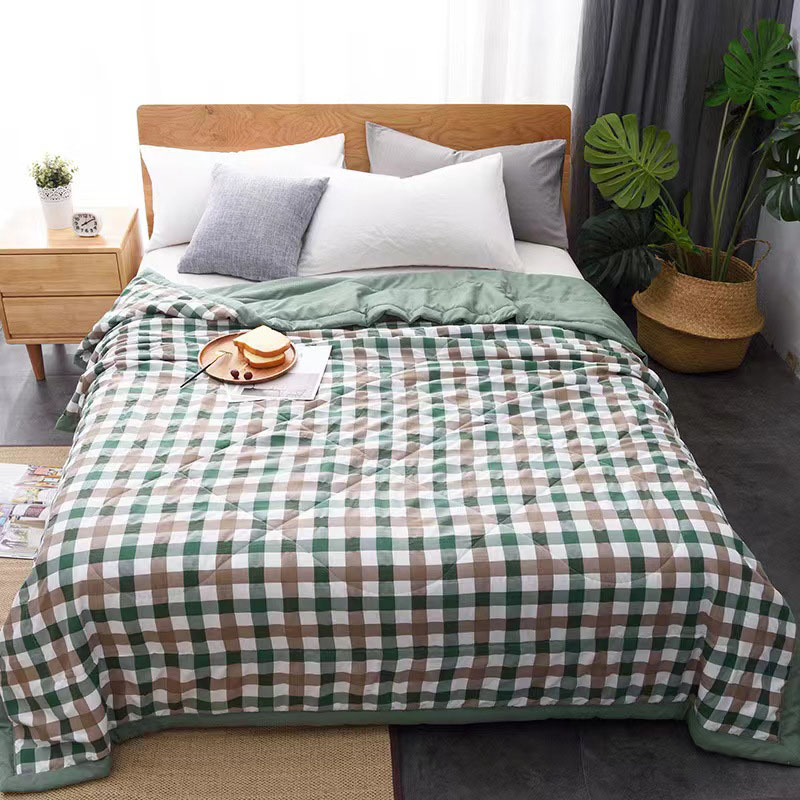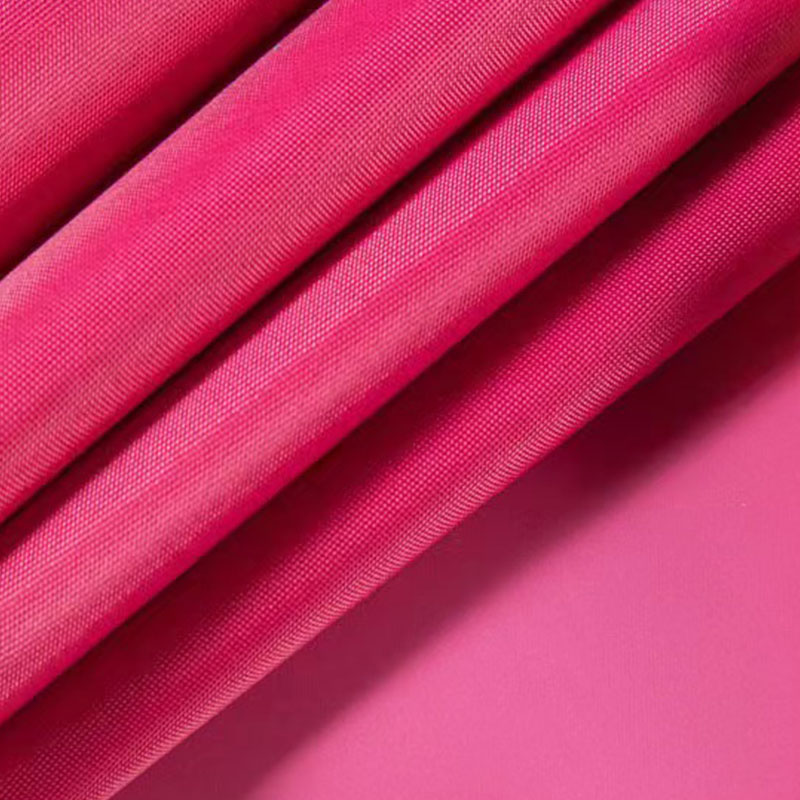Pigment printing, reactive dyeing, and sublimation represent three prominent fabric printing techniques, each with its unique attributes, particularly in terms of color fastness and durability. Understanding how pigment printing compares to these other methods provides valuable insights into choosing the most suitable technique for specific applications.
Pigment printing is widely recognized for its cost-effectiveness and versatility, making it a popular choice for a variety of fabric types, especially those that are budget-sensitive. This technique involves applying pigment inks onto the fabric's surface, where they are fixed with a binder. While this method is advantageous for its affordability and design flexibility, it tends to result in lower color fastness compared to reactive dyeing and sublimation. Pigment prints are more prone to fading over time due to washing, sunlight, and abrasion. This occurs because the pigment sits on the fabric rather than penetrating the fibers, which can lead to wear and deterioration of the print with regular use. Consequently, fabrics printed with pigments require careful handling to maintain their appearance and longevity.
In contrast, reactive dyeing offers superior color fastness and durability. This technique involves chemically bonding the dye with the fabric fibers, resulting in vibrant colors that resist fading and washing much more effectively than pigment prints. Reactive dyeing integrates deeply into the fabric, ensuring that the color remains stable and durable even under frequent washing and heavy use. This method is ideal for garments and textiles that need to withstand significant wear and tear while retaining their aesthetic quality. Although reactive dyeing is more expensive than pigment printing, the enhanced performance and longevity of the prints often justify the higher cost, particularly for applications demanding high durability.
Sublimation printing stands out as the technique providing the highest color fastness and durability. Sublimation involves turning dye into gas without passing through a liquid phase, allowing it to bond with the polyester fabric at a molecular level. This results in exceptionally vivid and long-lasting prints that resist fading, washing, and abrasion. Sublimated prints are integrated into the fabric rather than sitting on top, making them highly durable and resistant to various forms of wear. This technique is particularly well-suited for high-performance applications where maintaining vibrant colors over time is crucial. The durability of sublimated prints makes them an excellent choice for products exposed to harsh conditions or frequent laundering.
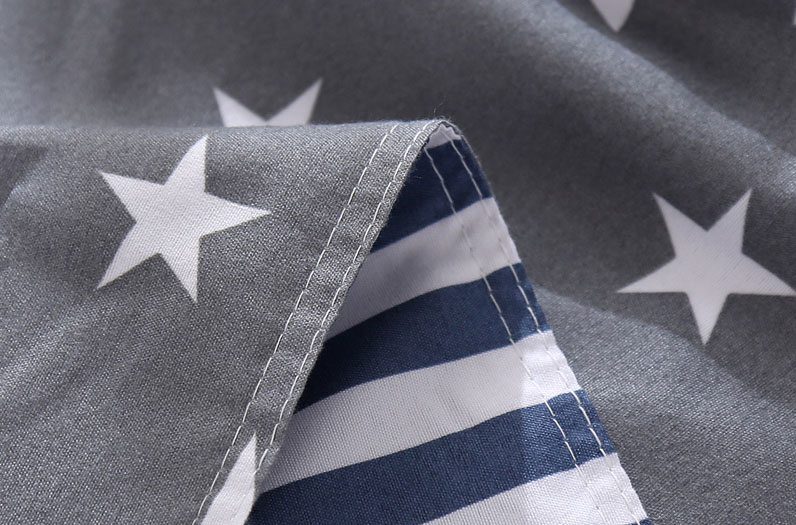
Each of these printing techniques—pigment printing, reactive dyeing, and sublimation—offers distinct advantages tailored to different needs. Pigment printing excels in affordability and versatility but falls short in color fastness and durability. Reactive dyeing provides a balanced approach with excellent color stability and durability, making it suitable for a wide range of applications. Sublimation delivers superior performance with the best color fastness and longevity, ideal for high-demand uses.
In summary, while pigment printing remains a cost-effective option, its lower color fastness and durability can be limiting compared to reactive dyeing and sublimation. Reactive dyeing offers a solid compromise between cost and performance, whereas sublimation stands out for its unparalleled durability and color retention. The choice of technique ultimately depends on the specific requirements of the application, including budget, fabric type, and expected wear and tear.

 English
English Español
Español